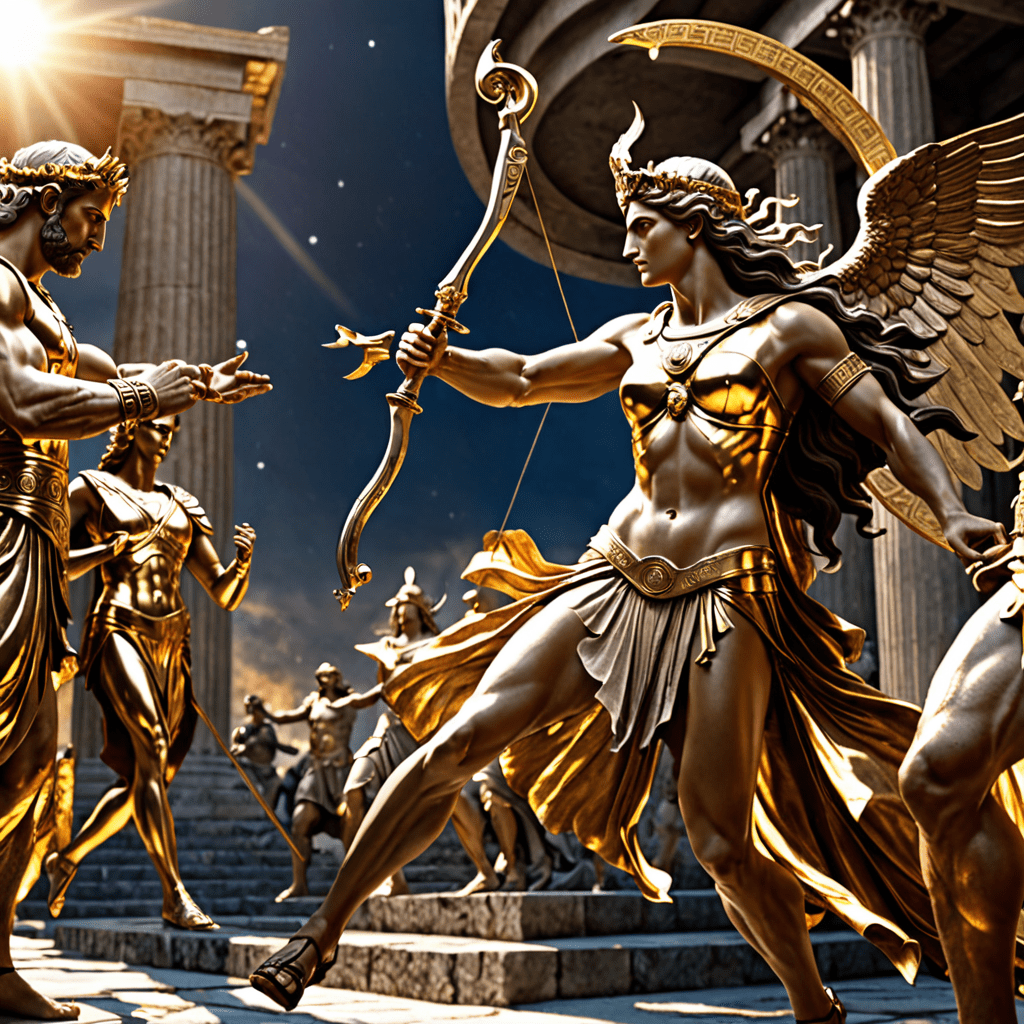The Trickster’s Wisdom: Life Lessons Hidden in Folklore
Introduction to the Trickster Archetype
The trickster is a fascinating figure in folklore, often characterized by cunning, wit, and a penchant for subversion. This archetype appears across various cultures, embodying the duality of human nature and challenging conventional norms. Tricksters are not just troublemakers; they are insightful characters who reveal deeper truths about society and human behavior. In this article, we will explore the significance of the trickster figure, its common traits, life lessons embedded in trickster tales, and how these stories remain relevant in contemporary culture.
Cultural Significance of Trickster Figures
Tricksters have been prominent in folklore from the earliest human narratives. They serve as cultural mirrors, reflecting societal values, fears, and aspirations. Here are a few notable trickster figures from different cultures:
- Anansi: The West African spider god known for his cleverness and storytelling prowess.
- Coyote: A key figure in Native American mythology, representing the complexities of life and survival.
- Loki: The Norse god of mischief, who embodies chaos but also brings about necessary change.
These figures illustrate how different societies interpret the trickster’s role. They often act as a bridge between chaos and order, demonstrating that disruption can lead to growth and transformation.
Common Traits of Trickster Characters
Tricksters share a set of common traits that define their character:
- Cunning: They are intelligent and resourceful, often outsmarting those around them.
- Humor: Their antics often incorporate humor, making their stories entertaining as well as enlightening.
- Adaptability: Tricksters can navigate various situations, displaying flexibility in their approaches.
Tricksters embody a duality; they can be seen as both heroes and villains. For example, Anansi is a hero in many stories but also a selfish character who sometimes causes trouble. This complexity allows them to resonate with audiences on multiple levels, making them relatable figures in folklore.
Life Lessons from Trickster Tales
Trickster stories often convey essential life lessons through their narratives. Key themes include:
- Cleverness: Tricksters teach the value of ingenuity and quick thinking in overcoming obstacles.
- Resilience: Many tales emphasize perseverance in the face of adversity, showcasing how the trickster learns from failures.
For instance, in the story of Anansi and the Sky God, Anansi’s cleverness allows him to secure all the stories of the world for humanity, highlighting the importance of wit and negotiation. These tales reflect human nature and societal norms, often illustrating the complexities of morality and ethics.
The Role of Humor in Trickster Folklore
Humor is a crucial element in trickster folklore, serving several purposes:
- Teaching Tool: Humor makes stories engaging and memorable, facilitating learning.
- Disarming Authority: Tricksters often use humor to challenge societal norms and question authority figures.
For example, in many Native American tales, Coyote’s humorous antics expose the absurdities in life and society, encouraging listeners to reflect on their own behaviors and beliefs.
Tricksters as Agents of Change
Tricksters play a vital role in disrupting societal norms and expectations. Historically, they have influenced social change through their actions and narratives. A few examples include:
- Loki: His actions in Norse mythology often lead to significant events that reshape the cosmos.
- Coyote: Represents the idea that change is constant and necessary for growth.
In contemporary movements, trickster figures continue to inspire those challenging the status quo, emphasizing the relevance of their wisdom in activism and social justice.
Psychological Insights from Trickster Wisdom
From a psychological perspective, the trickster symbolizes aspects of the unconscious mind, as noted by Carl Jung. Trickster narratives can aid personal development by encouraging individuals to embrace ambiguity and uncertainty. By embodying contradictions, tricksters remind us that life is not always black and white, and navigating these grey areas is crucial for growth.
Trickster Tales in Contemporary Media
Trickster elements are prevalent in modern literature, film, and art. Characters inspired by traditional tricksters often appear in various media, showcasing their enduring appeal. Examples include:
- Jack Sparrow from the “Pirates of the Caribbean” series, who embodies cunning and charm.
- Deadpool, a superhero who uses humor and unpredictability to challenge norms.
The ongoing relevance of trickster wisdom in popular culture illustrates how these archetypes continue to resonate with audiences, providing timeless lessons and reflections on human nature.
Interpreting Trickster Tales: A Cross-Generational Perspective
Different generations perceive and interpret trickster stories uniquely. For younger audiences, engaging with these tales can be a means of connecting with cultural heritage while also reflecting contemporary values. Storytelling plays a crucial role in passing down wisdom and fostering intergenerational dialogue. Educators and parents can engage younger audiences by:
- Adapting traditional tales to modern contexts.
- Encouraging creative reinterpretations of trickster stories.
Conclusion: Embracing the Trickster Within
In conclusion, the trickster archetype offers profound insights into human nature, societal norms, and the complexities of life. By exploring the cultural significance, common traits, life lessons, and the enduring relevance of tricksters, we can learn to embrace the trickster within ourselves. These narratives not only entertain but also challenge us to think critically, adapt, and navigate the unpredictability of life with humor and resilience.




